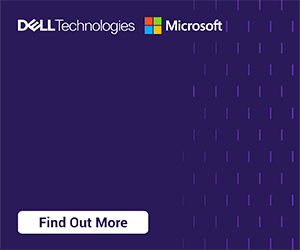5G Internet could forever change how we get internet in our homes and offices. Mobile carriers like Verizon and AT&T have been rolling out 5G service over the past few years, allowing us to take advantage of previously unused radio frequencies at the high end of the spectrum.
For instance, millimeter wavelength (mmWave)-based 5G operates at around 28 GHz to 39 GHz, much higher than 4G’s range of 700 MHz to 2500 MHz. The expanded frequency range enables 5G (which stands for 5th generation) to offer faster speeds, lower latency and handle more connected devices.
The increased speed and facility 5G provides opens up the possibility of using it as an alternative to traditional broadband service. Instead of transferring data via copper or fiber optic cables, the internet signal is sent to a fixed wireless receiver. The receiver replaces a traditional modem, sending the signal to a wireless router that can connect to various mobile and IoT devices.
Whether 5G Internet offers an improvement over broadband service depends on several factors. So far, 5G is only competing against traditional cable service, where the signal is brought in via copper wires. This method is aging quickly and has its fair share of drawbacks, especially for subscribers in densely populated cities.
Fiberoptic service, on the other hand, still offers significantly higher speeds. It will take time before 5G can compete at that level. Also, until providers can expand their networks, those living in remote areas with few nearby 5G cellular towers must rely on traditional service.
The latest 5G service offers a few other pros and cons. On the plus side, 5G Internet service may provide significant savings over the long run. And, because there is no physical connection to the outside world, setting it up is much easier and doesn’t require an appointment with a certified technician.
The downside is that 5G doesn’t penetrate walls very well. So, users without a line-of-site connection to the nearest 5G tower could find their service hampered by interference and service interruptions.













